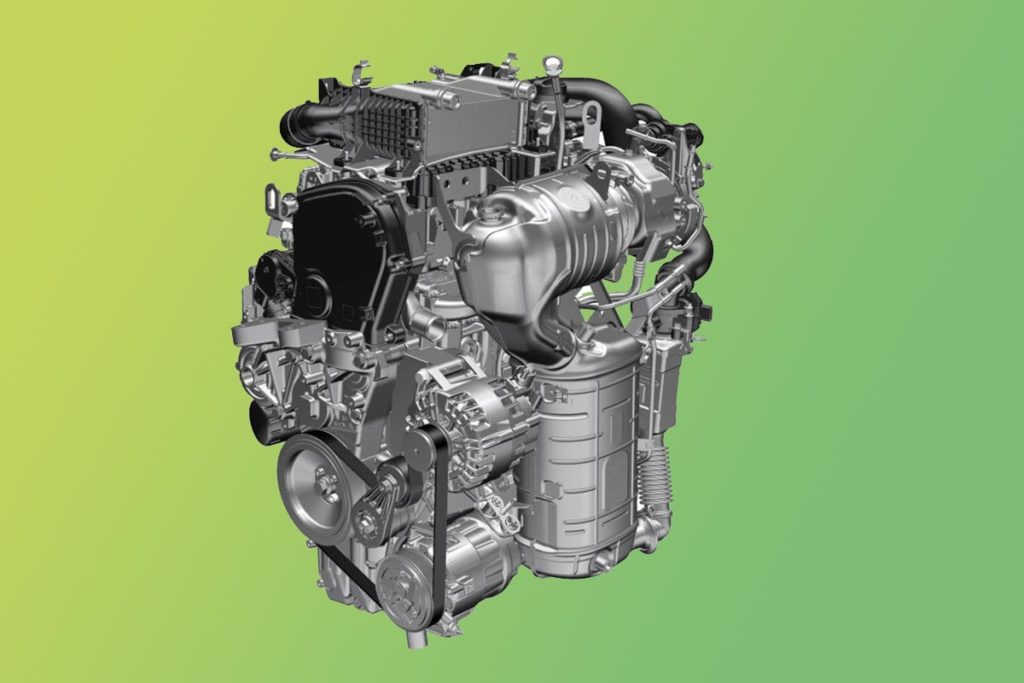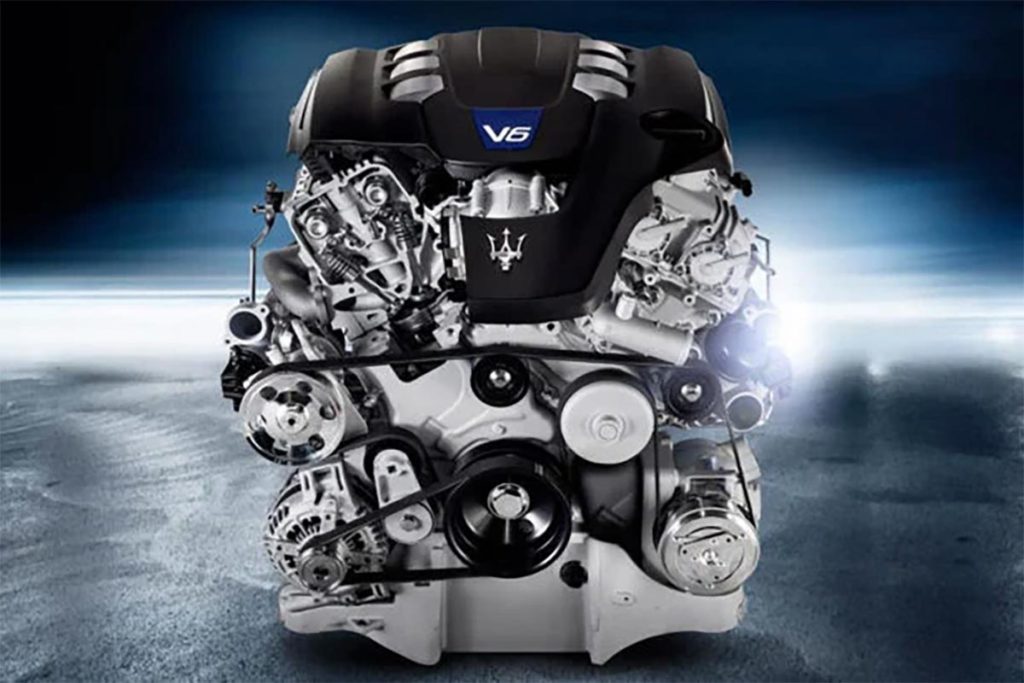
Stellantis recently confirmed that all its passenger cars and light commercial vehicles (LCVs) are now compatible with HVO diesel (Hydrotreated Vegetable Oil), also known as "green diesel". This biofuel, made from hydrotreated vegetable oils and animal fats, is positioned as an eco-responsible alternative to traditional diesel. It offers identical performance while reducing pollutant emissions.
HVO diesel: a greener alternative
HVO diesel is a synthetic fuel produced from renewable raw materials such as used cooking oils, vegetable oils and animal fats. Thanks to an advanced hydrogenation process, it generates a cleaner fuel, free of sulfur and polluting compounds. The result is a reduced environmental impact, with, according to TotalEnergies, a reduction in CO2 emissions of up to 90 % compared with conventional diesel.
Extended compatibility with Stellantis models

Stellantis validates the use of HVO diesel for a wide range of engines, especially those complying with Euro 5 and Euro 6 standards. These models, identified by the "XTL" label on the filler neck, can run on this biofuel without any modification. For Euro 6 diesel vehicles not labelled "XTL", Stellantis has specified which engines are compatible:
- 1.3 MultiJet
- 1.6 MultiJet
- 2.0 MultiJet
- 2.2 MultiJet (old and new)
- 3.0 V6 MultiJet
- 2.3 MultiJet (F1A - Fiat Ducato)
With this announcement, Stellantis offers a sustainable solution for its diesel models, ranging from the Alfa Romeo Tonale 1.6L Diesel and Giulia 2.2L Diesel to the Fiat Tipo 1.6L Diesel, Maserati Ghibli and Levante equipped with the 3.0L V6 MultiJet.
An outlook for the future
Although its deployment in service stations is still gradual, and despite its environmental benefits, HVO diesel is not without its challenges. In Germany, where it is already available, 15 to 20 centimes more expensive than conventional diesel. This premium, due to high taxation, is holding back mass adoption. What's more, its Crit'Air 2 classification in France, identical to that of conventional diesel, could slow its acceptance by the authorities and the public.
Finally, while this announcement is a step in the direction of eco-responsibility, it should be noted that, in Europe, no new Stellantis model will be equipped with the engines listed above, and therefore compatible with HVO diesel.

Thank goodness for ex-FCA...
There are non-polluting alternatives to electric cars. But we need to impose these solutions, instead of betting everything on electrics, as Stellantis is doing.